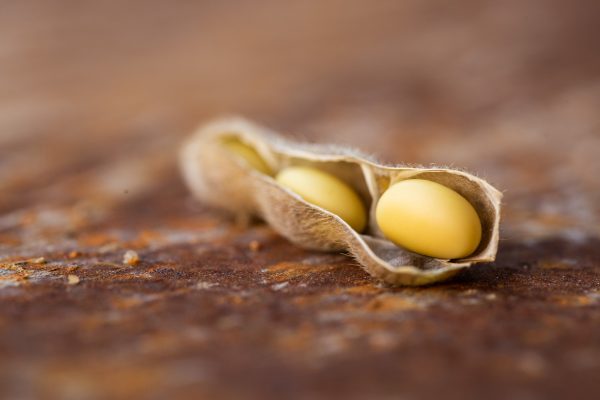
The so-called complete protein and incomplete protein are divided according to the nutritional value of protein and the type and quantity of amino acids contained in it. Complete protein contains a complete range of essential amino acids in proportions suitable for the needs of the human body, such as protein in foods such as eggs, meat, fish, and beans.
If the diet contains this kind of protein, it can meet the needs of the body’s growth and development and maintain health. Incomplete proteins often lack one or several essential amino acids, such as zein lacks lysine, tryptophan, etc. The human body cannot maintain normal function on these proteins alone.
This is the main difference between the two. In addition, there is a semi-complete protein between the two, which contains complete essential amino acids, but the proportion is not suitable, such as the protein contained in rice and noodles, which can only maintain life, but cannot promote growth.
Soy protein, as the name suggests, is the protein extracted from soybeans, which is a nearly purified protein obtained through a series of processing steps.
Soy protein is the only complete protein from plant sources.
The protein content of soybeans is very high, about 35% to 40%, which is two or three times higher than that of various meats. In addition to protein, calcium, iron and other trace elements and minerals, soybeans also contain stigmasterol, unsaturated fatty acids and lecithin, which can help people reduce the concentration of cholesterol in the blood and prevent various cardiovascular and cerebrovascular diseases and other chronic diseases.
Soy protein is broken down into amino acids in the digestive system, then absorbed into the bloodstream and transported throughout the body. During this process, some amino acids mix with each other to form different types of proteins, which are supplied to the organs and tissues in need and play a role in different body processes. Some amino acids in soybean protein also play the role of hormones, enzymes and other active substances. In addition, the body uses protein for energy when carbohydrates and fats are not available.
Today, soybean protein is widely used in various foods, such as juice, cheese, bread, food bars, etc., and penetrates into every corner of life. Vegetable protein in soybeans is also an important healthy substance, because it is the basic raw material for the brain to engage in complex intellectual activities.
